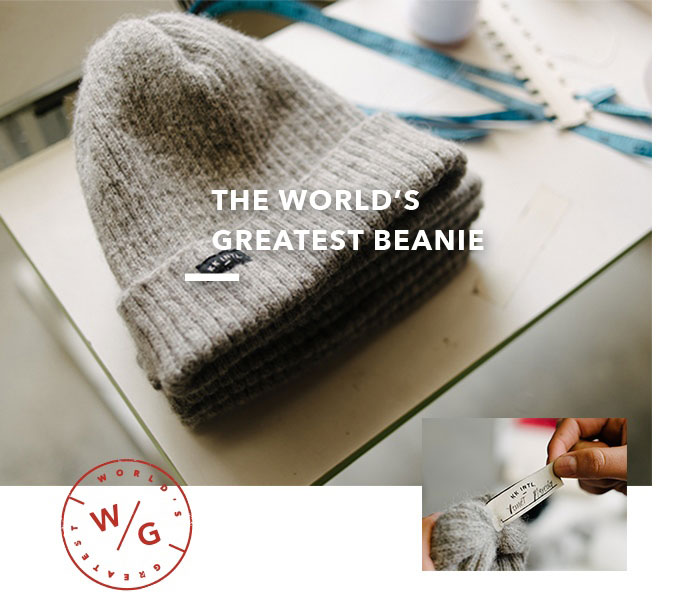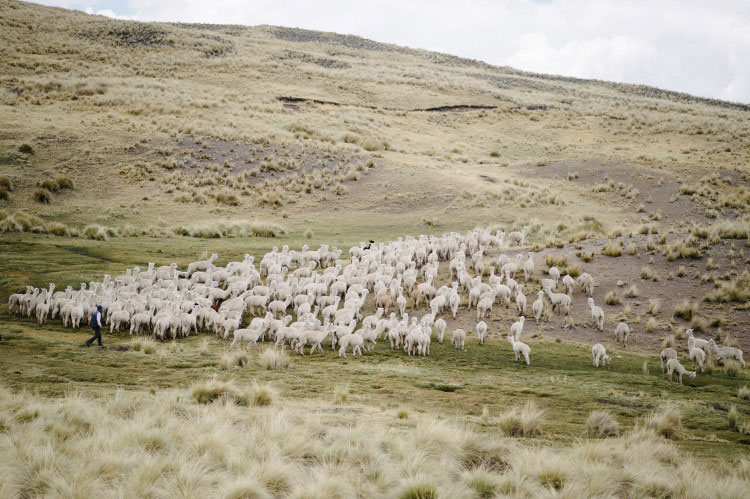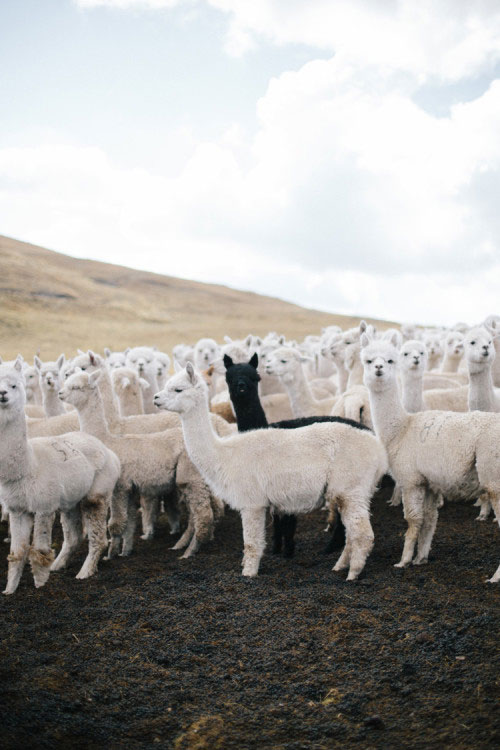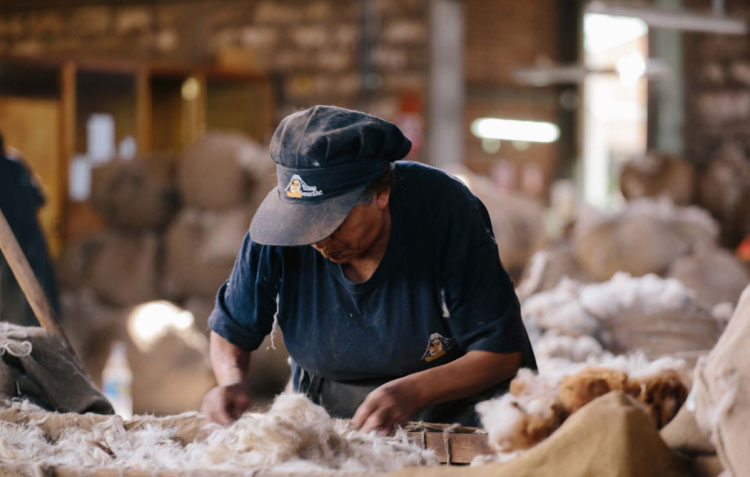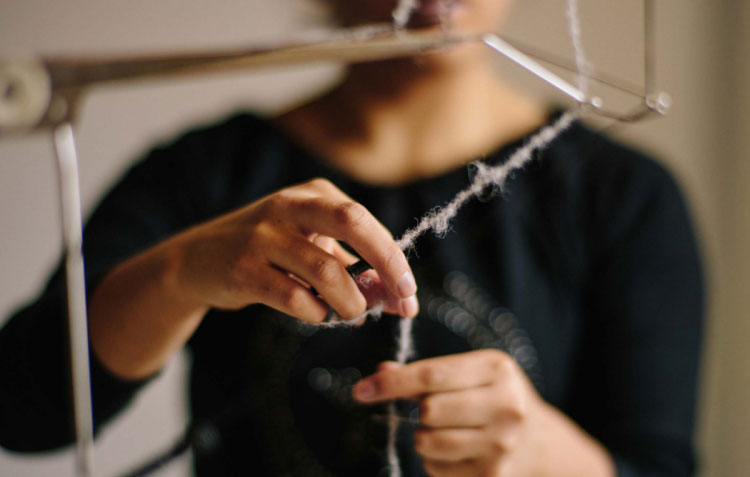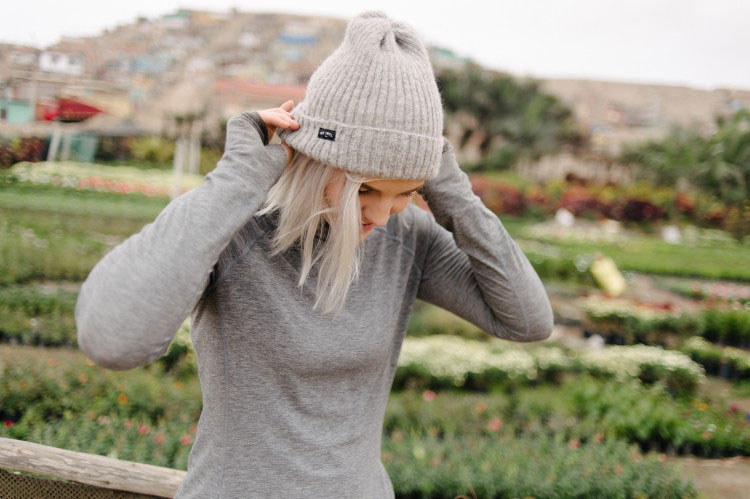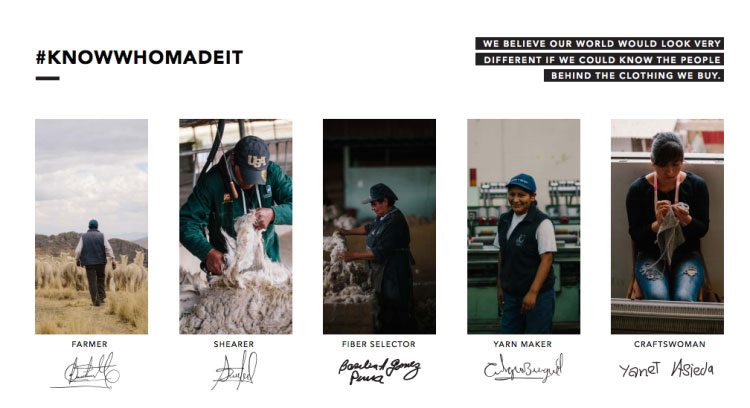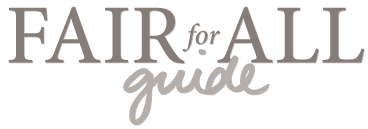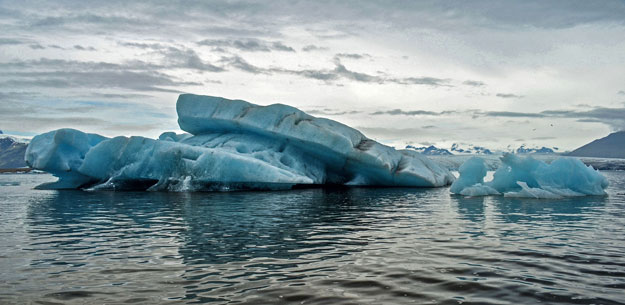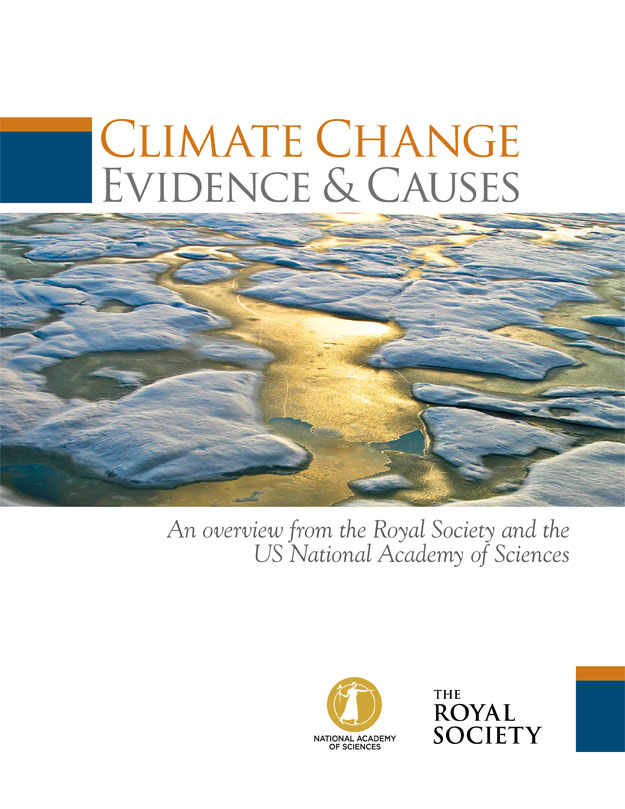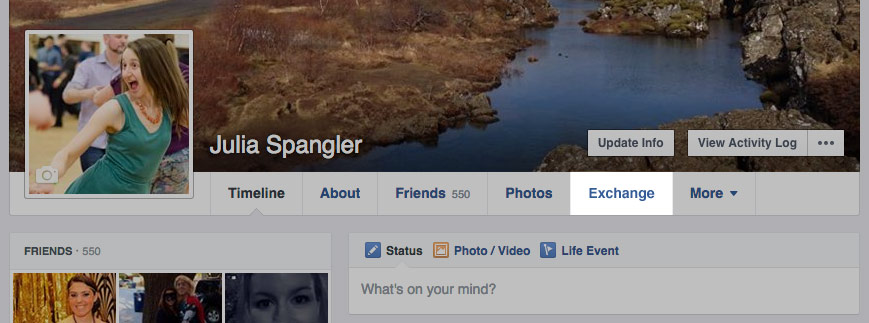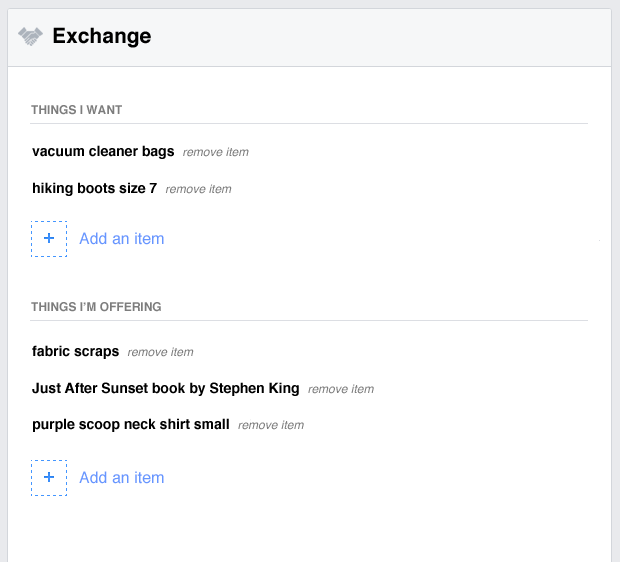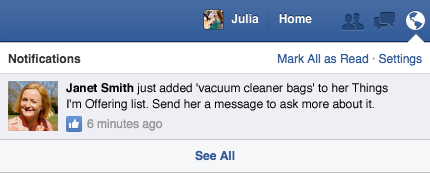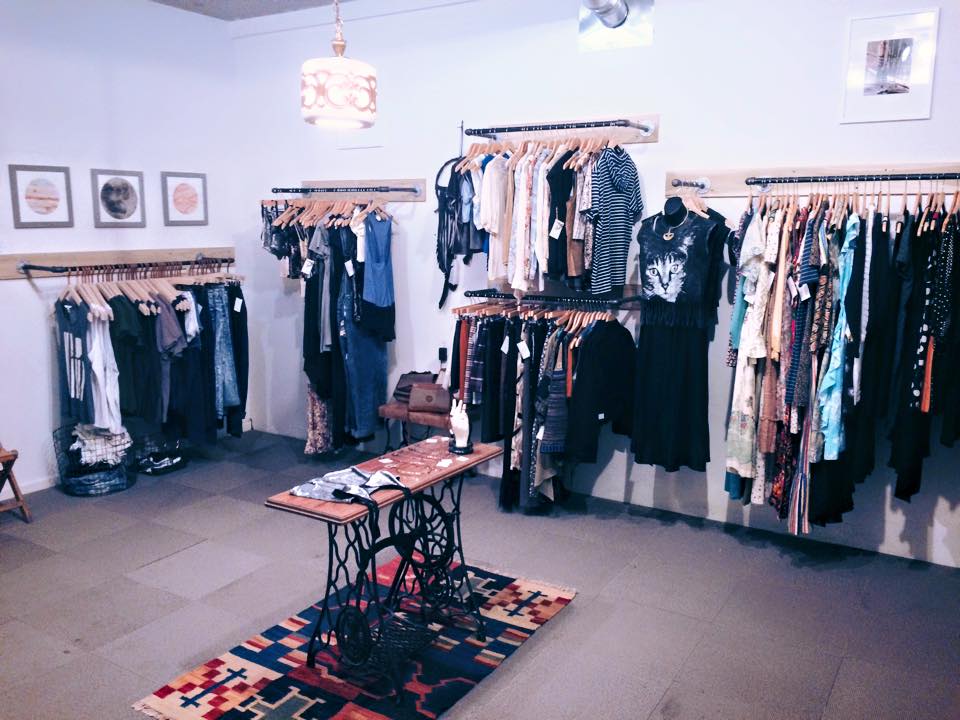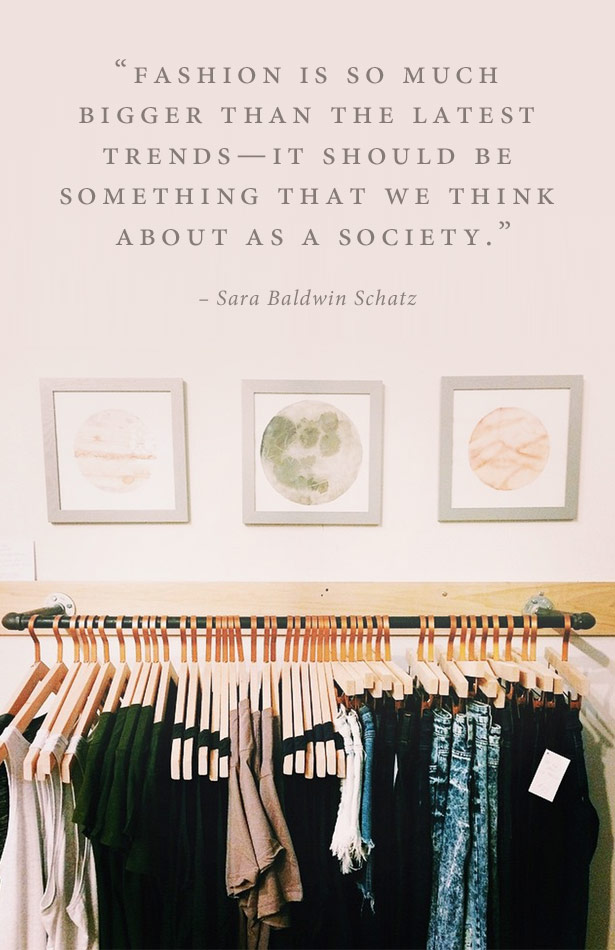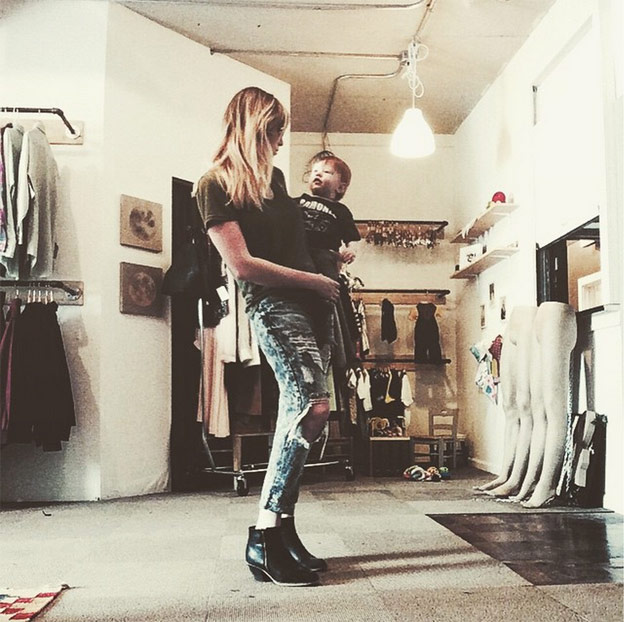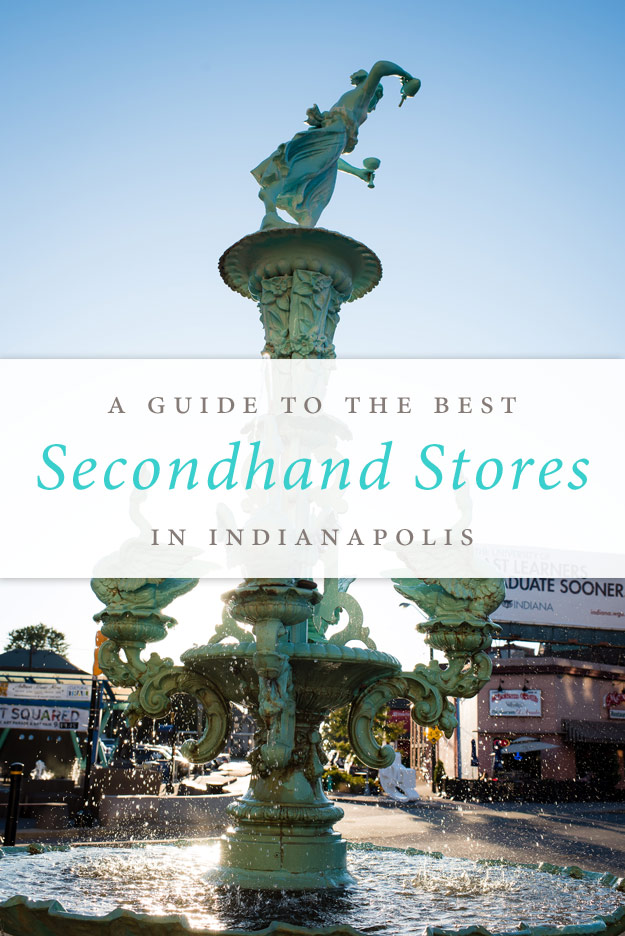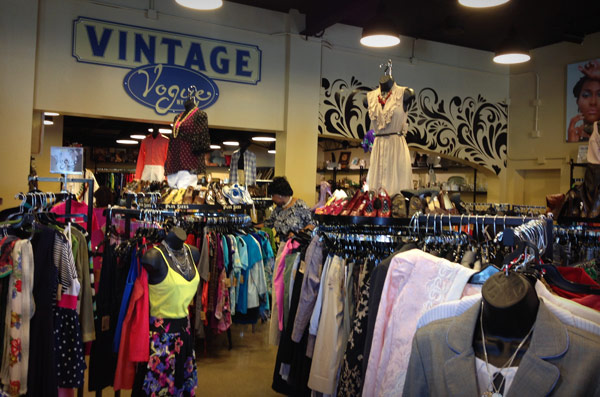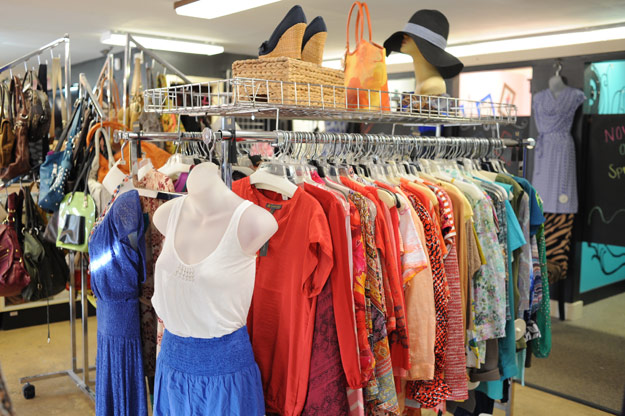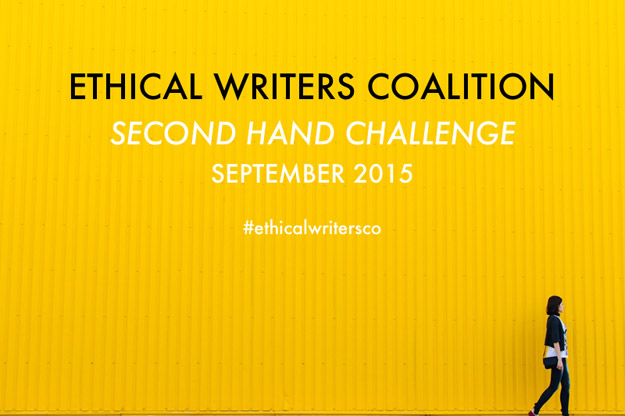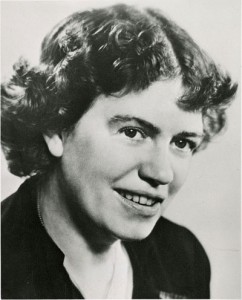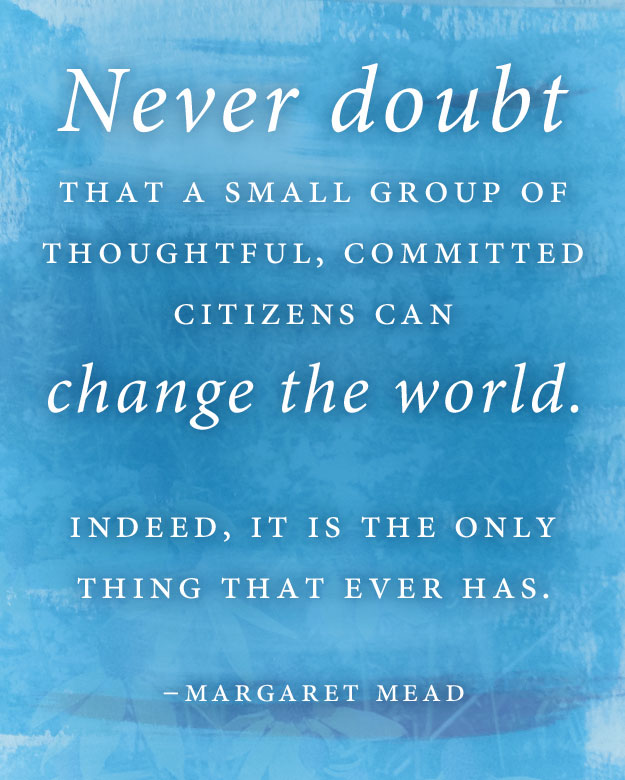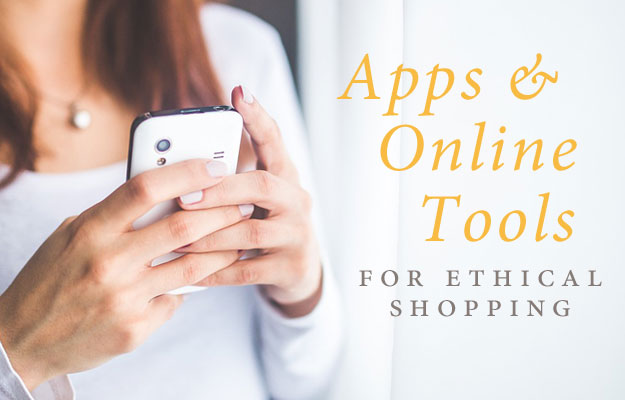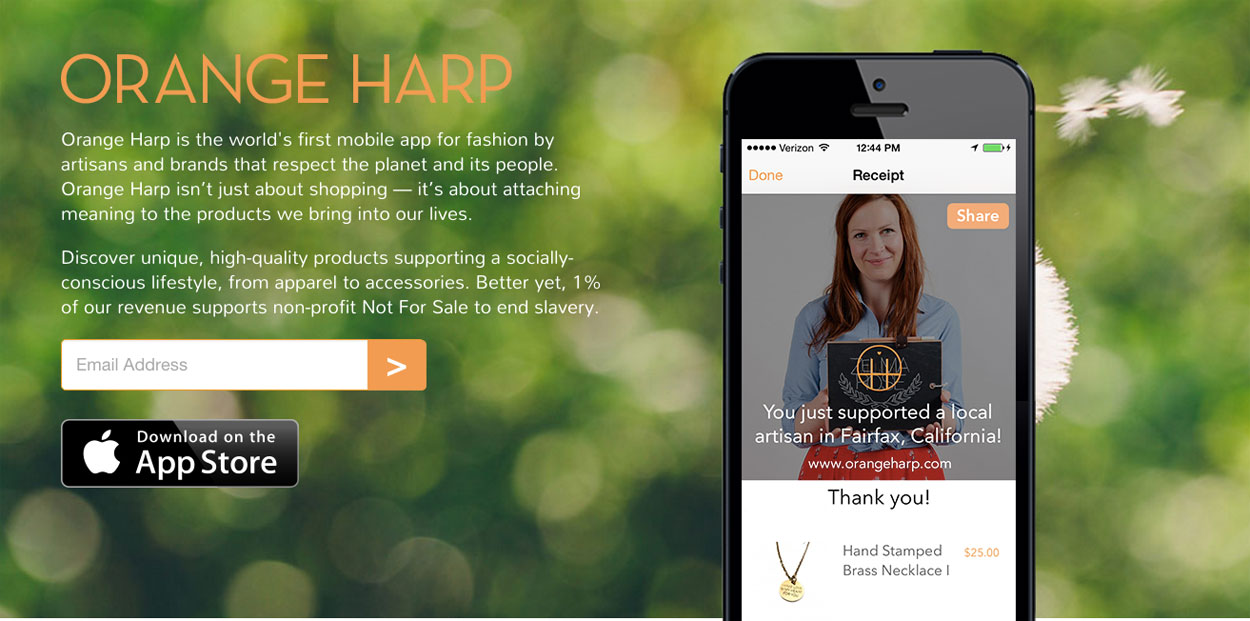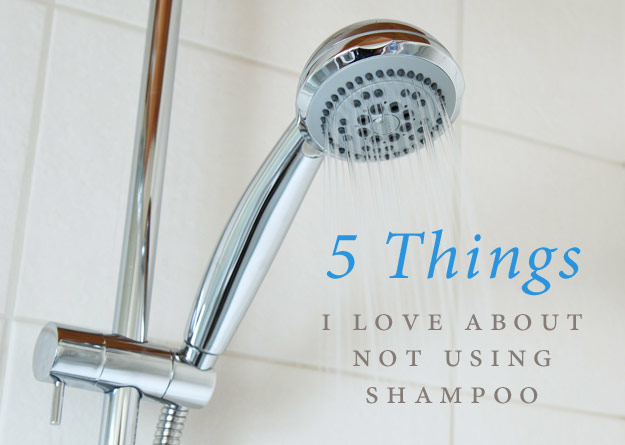
It’s been 10 months since I’ve used shampoo. To some of you that may sound shocking, and others of you may already be familiar with the movement winkingly known as “no poo.” The underlying belief of the no-poo movement is that conventional shampoo is actually more damaging than it is helpful, and by stripping the natural oils from hair, it creates the need for more frequent washings than would otherwise be needed.
While I spent a couple of years experimenting with natural shampoos, the no-poo method lingered in the back of my mind as a mysterious, too-good-to-be-true myth conjured by the internets. However, once I found out that my two bandmates with dramatically excellent hair were also no-poo, I decided to give it a try.
I chose one of the methods I saw discussed most frequently online, using baking soda and apple cider vinegar in place of store-bought shampoo. I started out washing my hair on the same schedule I used to shampoo (every other day), and over time that became less frequent. Now I only wash my hair twice a week.
If you Google “no poo,” you’ll find a myriad of different methods and opinions and experiences. Some people have had negative experiences, and others, like me, only wish they’d done it sooner. Here are my five favorite things about no longer using shampoo:
1. It changed the way I think about my hair
Until I went no-poo, I was very concerned about my hair being clean. I felt like it would be a scandal to go out with unwashed hair. I washed my hair every day for most of my life and assumed that everyone else did the same. Now that I know about the wider world of hair care methods, I feel like I’ve been freed from a prison of my old assumptions about socially acceptable hair.
2. Less time spent styling
Changing the way I wash my hair has also changed how I think about styling it. I used to think I had to straighten my hair for it to be acceptable. Over the last 10 months I’ve begun to embrace my natural hair, which is sometimes mostly wavy and sometimes mostly straight—I’ve come to appreciate both without feeling like I need to intervene with a styling tool.
I felt like it was especially imperative to blow dry and straighten my hair for work, and now I realize that there are way better things to do with that 20 minutes every morning, and life will not end if I show up at the office with my hair how it naturally dries. Plus, since I wash my hair less, if I do decide to style my hair it lasts for several days.
I’ve also come to love wearing my hair in a bun—it’s quick, it looks good whether my hair is wet or dry, and it curls my hair for later. A trifecta in only 30 seconds.
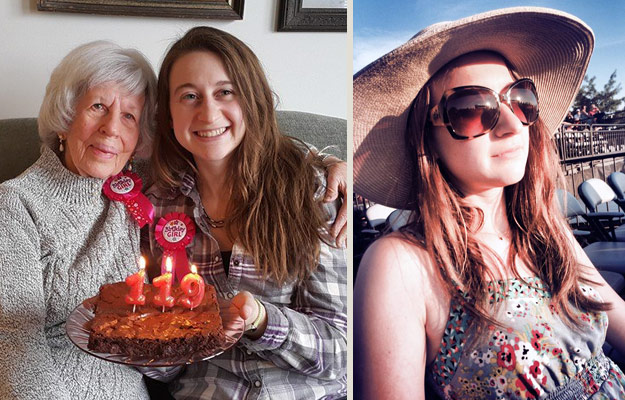
Some natural hair moments from this year. Waves! Movement! Note that my grandma is chic as all get-out at 92. Also note that no-poo gave me so much confidence in trying new looks that I actually pulled off wearing a hat.
3. No more traveling with a hair dryer and straightener
Breaking my reliance on heat styling means no more lugging around small appliances on every trip. Extra room in my suitcase for the win!
4. Uses no plastic bottles
Now that I don’t buy shampoo, that’s one less plastic bottle in my waste stream every couple of months. My baking soda comes in a cardboard box and my apple cider vinegar comes in a glass bottle. I go through the baking soda every 4-6 weeks, but I’m still working on my original bottle of vinegar since I use so little at a time.
5. My hair has more volume and holds curl
I remember the first day I went out in public having washed my hair the new way. It was the Colts vs. Patriots AFC Championship game this past January, the game of Deflate-gate fame. I washed my hair in the morning and wore it in a bun most of the day, and when I let it down to go watch the game, it was holding beautiful, voluminous curls. Though the Colts’ playoff hopes and the game balls deflated, my curls did not, and I’ve never looked back.
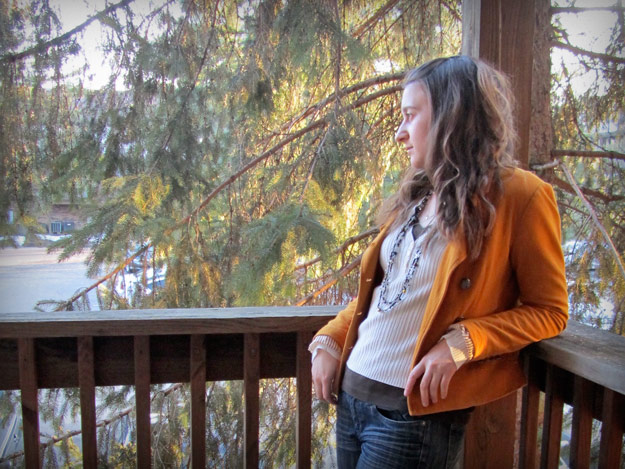
An example from earlier this year of curls I could not have achieved before no-poo. Ignore my sullen expression; inside I am giddy.
For those of you interested in the details of my hair washing routine, here’s what I do specifically:
- Fill a small travel shampoo bottle halfway with baking soda, then fill it the rest of the way with water. Shake to mix. Depending on the size of the bottle this should last for 2-4 washes.
- Combine 1-2 tablespoons of apple cider vinegar with 1 cup water in a small spray bottle. This quantity should last for 6-10 washes, depending on how heavily you apply it and and how much hair you have.
- Wash wet hair and scalp with baking soda mixture. Do not wash ends of hair. Rinse well.
- Spray vinegar mixture onto hair, including the ends. I let it sit for a minute or two to absorb. Rinse well.
Edit Feb. 2016: I’ve made some changes to the proportions of baking soda and ACV I use, resulting in my hair being softer and shinier. Check out my updated method.
You may be tempted to skip the vinegar rinse, but don’t. I’m not totally up on the science of it, but because baking soda is basic on the pH scale, it’s important to follow it with an acid to keep the pH of your hair balanced.
Lots of no-poo articles describe an adjustment period during which hair gets incredibly greasy. That was my biggest fear going in, but it ended up not being an issue for me at all. I think this is due to the fact that I started using the new supplies right away instead of letting my hair “lie fallow” for a few weeks, as many articles recommend. There was a brief period where my hair looked slightly greasy, but not to the extent that I felt like I needed to cover my hair. Following the slightly greasy period there was a dry period, which I also didn’t really mind because it gave my hair temporary super-volume and I had a lot of fun with that. I don’t remember exactly when my hair found equilibrium again, but I think it was around the three-month point.
I have often pondered how people in the past kept their hair from looking greasy, because I know if I lived on the prairie in a cabin with no heat, I would not be washing my hair at all between November and March. No-poo hasn’t totally answered this question for me, but it has shown me that human hair can take care of itself more than most people give it credit for.
Have you tried no-poo? What was your experience? Can anyone enlighten me about old-timey hair care methods?
